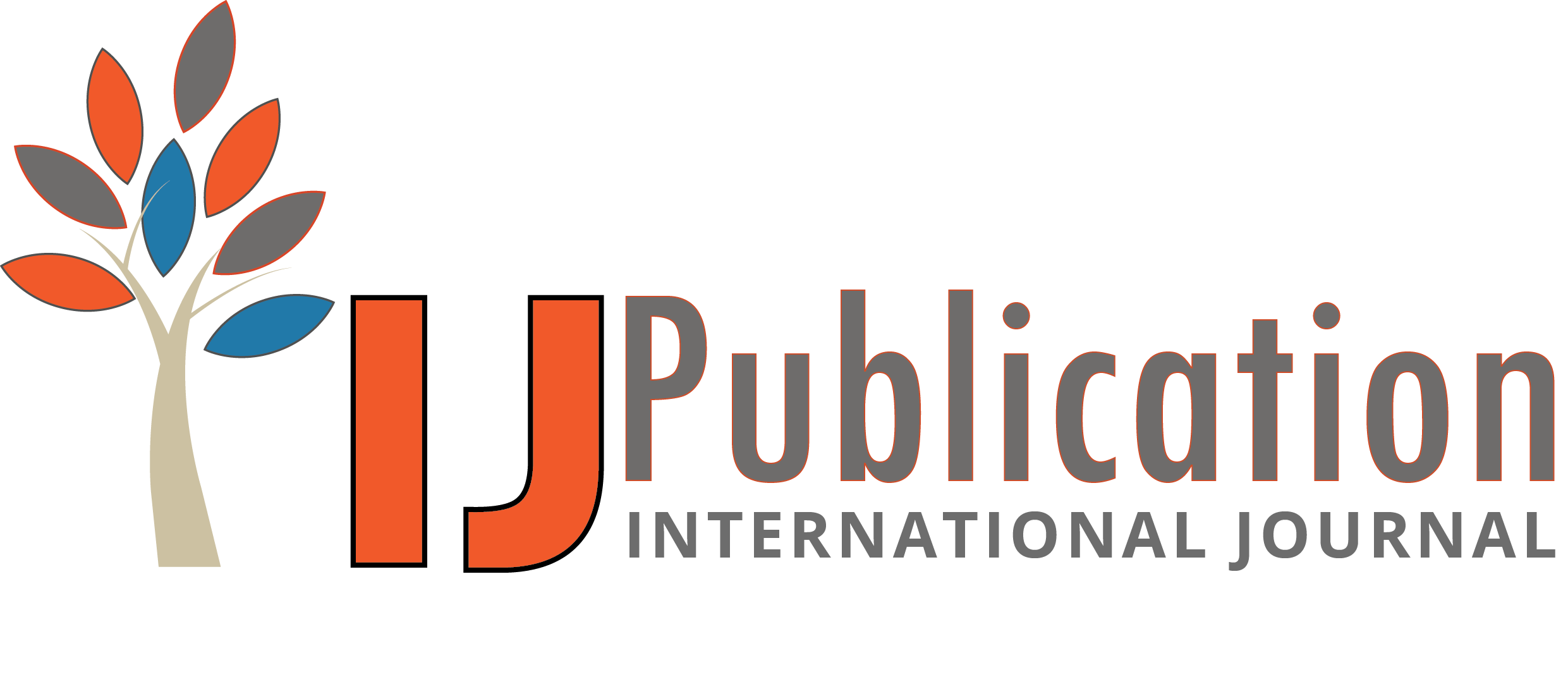Arnab Kar Reviewer
03 Oct 2025 10:09 AM
 Approved
Approved
Relevance and Originality This article addresses a crucial and highly relevant topic in today’s media industry, where rapid technological advancements are reshaping how content is created, distributed, and monetized. The focus on human-AI collaboration, as opposed to AI as a replacement for human roles, is both innovative and forward-thinking. By highlighting the potential of AI to enhance creative workflows, the article offers a refreshing perspective on how technology can be an ally rather than a competitor. The originality is clear, particularly in how the article emphasizes the symbiotic relationship between human expertise and AI capabilities. However, adding case studies or industry-specific examples would make the theoretical discussion more tangible and help readers visualize real-world applications of this concept.Methodology The methodology appears to be largely conceptual and based on theoretical analysis, outlining the potential of AI in media workflows. While this provides a broad understanding of AI's transformative role, the article could benefit from incorporating more empirical data or case studies that showcase successful human-AI collaborations within media organizations. A more detailed examination of specific implementation models, supported by real-world evidence, would provide stronger validation for the claims made. For instance, illustrating how AI has been integrated into existing workflows in different media sectors would give the reader a clearer idea of the practical applications and benefits of such collaborations.Validity & Reliability The arguments presented in the article are compelling, with a solid foundation based on the potential benefits of integrating AI with human expertise. However, the reliability of the conclusions could be enhanced by providing empirical data or examples of measurable outcomes from AI-human collaboration in media organizations. Including insights into how these systems have been implemented, and any challenges or limitations encountered, would offer a more balanced and credible perspective. For example, discussing the practical difficulties of training AI models or aligning them with human creative processes could help provide a more realistic view of the future of AI in the media industry.Clarity and Structure The article is generally well-organized, with clear section divisions that make it easy to follow the flow of ideas. The structure is logical, first addressing the challenges facing the media industry, then discussing how AI can assist in solving these problems through collaboration. The language is accessible, but some sections could benefit from further simplification, particularly when discussing the technical aspects of AI integration. A clearer explanation of how these AI-human workflows function in practice—perhaps with concrete examples—would enhance the article’s clarity. Visual aids or diagrams could also help demystify complex concepts and improve understanding.Result Analysis The article’s analysis of the potential outcomes of human-AI collaboration is thorough and insightful, focusing on how this integration can lead to more efficient and creative workflows. However, it would be beneficial to go further into the specific, long-term impacts of such collaborations on key industry metrics, such as audience engagement, content quality, or financial performance. More specific examples of how AI-human partnerships have led to tangible improvements in customer experience or content innovation would add depth to the analysis. Additionally, a more critical evaluation of the limitations of AI, such as potential biases or technological constraints, would provide a more balanced view of its role in media workflows.








Arnab Kar Reviewer